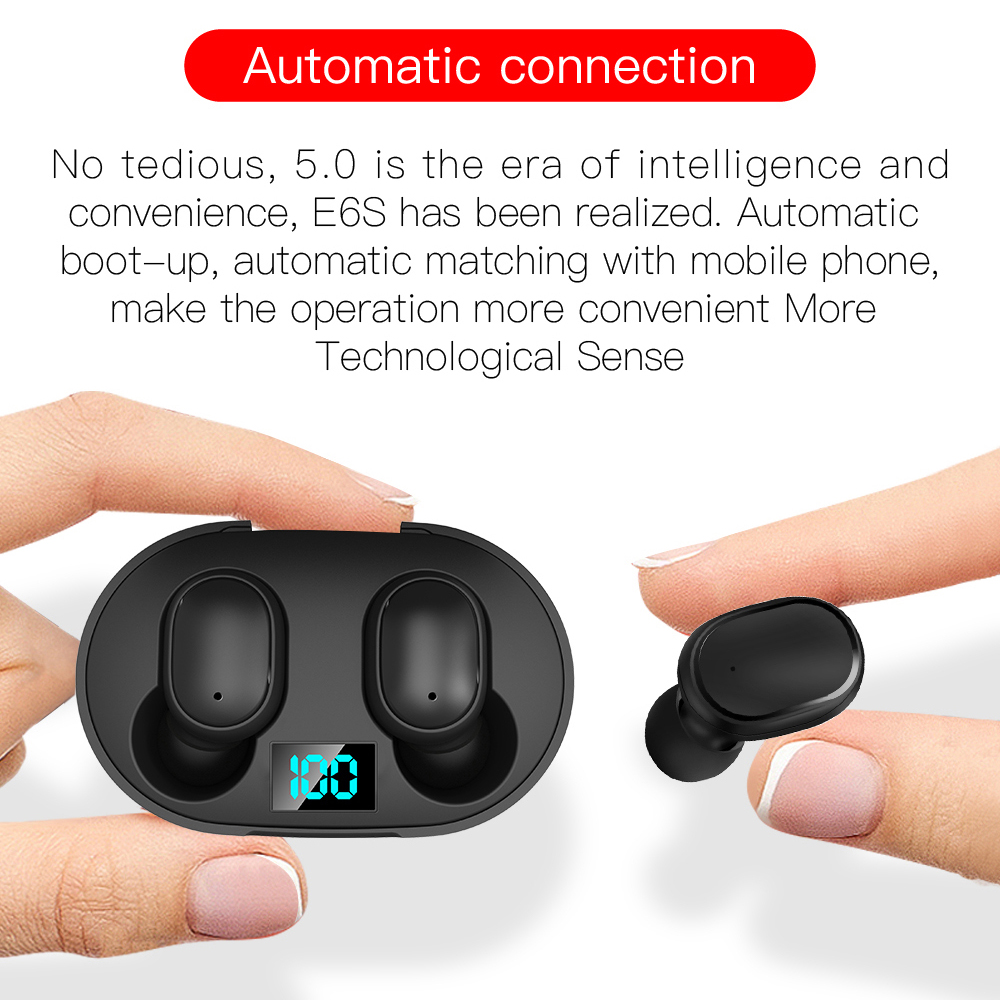In recent developments, a member of the Federal Communications Commission (FCC) has proposed that the committee consider allocating the 50-60 GHz frequency band specifically for virtual reality (VR) applications. This move is aimed at addressing the growing demand for high-bandwidth transmission required for high-resolution VR content. As lower frequency bands become increasingly congested, the future of wireless communication is likely to shift toward higher and ultra-high frequency bands—an inevitable trend in the industry.
FCC Commissioner Ajit Pai recently emphasized the importance of opening up the 50-60 GHz spectrum for VR during an appearance on the C-SPAN program. He highlighted that high-resolution VR content requires significant bandwidth, which means that a large portion of the frequency spectrum must be allocated to support such applications effectively. When asked about the FCC's role in VR development, Pai referenced comments from a CES exhibitor, noting that the industry is eager for the FCC to help plan dedicated channels for VR. This, he said, is an area where the FCC can make a meaningful contribution.
However, the 50-60 GHz band remains largely untapped, and many industry stakeholders are already eyeing it for future use. For instance, the upcoming 5G standard, expected to be finalized by 2020, is still in development. Meanwhile, companies based in South Korea, Japan, and the U.S. are actively exploring technologies above 6 GHz. South Korea, in particular, has expanded its 5G spectrum plans to include the 50.4–52.6 GHz and 66–74 GHz bands.
With so many players vying for access to these high-frequency bands, it remains uncertain whether the VR industry will successfully secure the 50–60 GHz spectrum as planned. While the potential benefits are clear, there are still many variables to consider before this becomes a reality. The competition for frequency resources is intensifying, and the outcome will likely shape the future of both 5G and VR technologies.
Wireless Earbuds
True wireless headphones refer to Bluetooth earbuds or IEMs that have neither cords or wires between them nor to an audio source (smartphones, MP3 players, tablet, etc.). Since they have no wires, the mic, controls and battery are built into the housing of the earbuds.Wireless earbuds are great for exercising or listening to music without those pesky cables connecting each earbud. They're ideal for people who need to move about and don't want any cables at all. The drawback is battery life and fit.

Best Earbuds for Gaming,In Ear Bluetooth Headphones,Best Earbuds for Iphone,Truly Wireless Earbuds
Pogo Technology International Ltd , https://www.wisesir.net